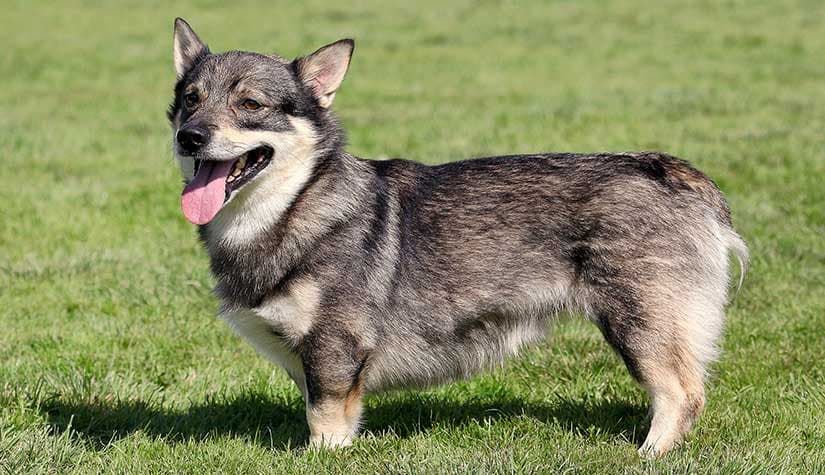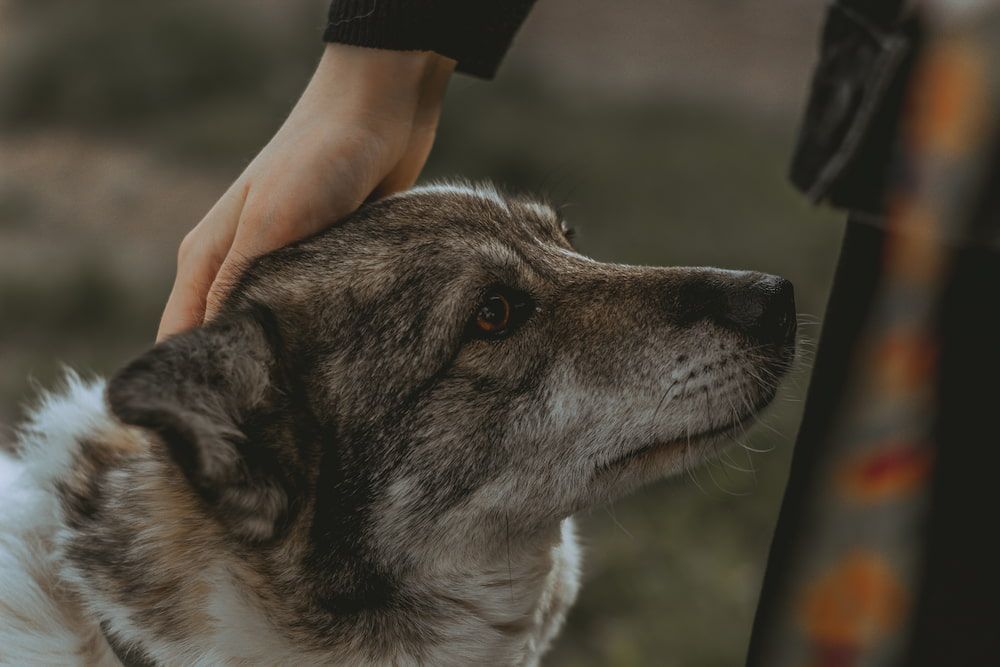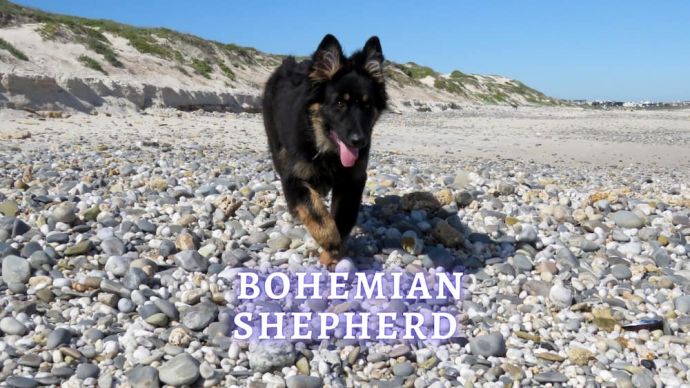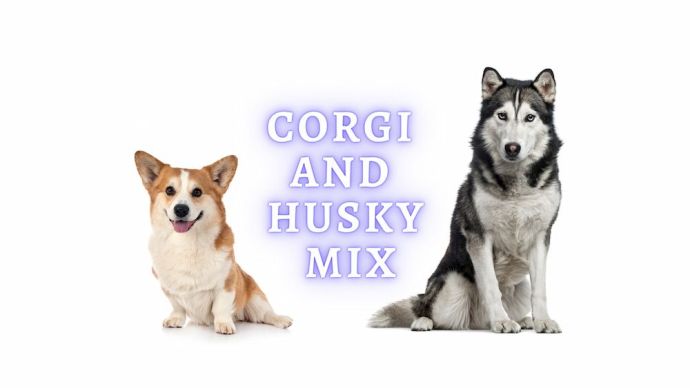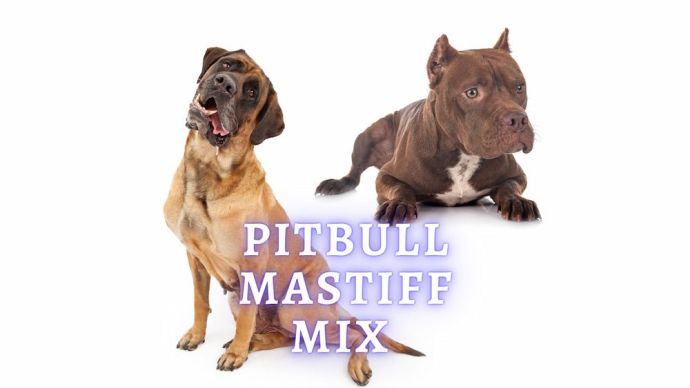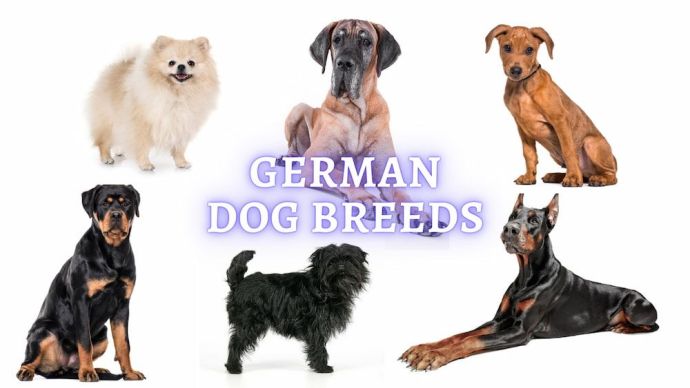Swedish Vallhund: Size, Temperament and Cost
Written by:
Author: Scott Jeffrey
Scott is a professional blogger with 12+ years of experience in writing, and holds an MA in anthropology. He has two cats as housemates. Also, Scott is passionate to research on pet-related topics such as dog training, puppy feeding, and cat health.
View all 63 articlesLearn about our editorial process and veterinary review board.
Viewed: 89
Updated on: 12/06/2022
The Swedish Vallhund dog is a small, Spitz-type breed of dog that originated in Sweden. The breed’s name means “herding dog,” and it is sometimes referred to as the Swedish Cowdog or Swedish herding dog.
The Vallhund is a versatile breed that can be used for herding, as a watchdog, or as a companion animal. It has an immense history with the Vikings and is known for its cheerful nature. Vallhund is very comfortable in urban environments as well as in the country. They were often the pride of Vikings, and their faces adorn many ships and artifacts found throughout the history of the civilization. They are known for their incredible balance, their movements, and for their power; as herding dogs, they are built to avoid kicks in the head from cattle, and they can move swiftly to keep cattle in line.
As a fun and loveable breed, they have a unique coat pattern and can shed twice a year in some climates. They have fur built for the water and some big personalities for a small dog. The breed can be great with kids and does require quite a bit of exercise. Read on to learn more about the Swedish Vallhund and if they would fit your household well.
Characteristics
| Height | 12-14 inches |
| Weight | 20-35 lbs |
| Life Expectancy | 12-15 years |
| Personality | Affectionate, Loyal, Good with family, Energetic |
| Good with other dogs | Generally friendly with socialization |
| Coat | Sheds often require grooming |
| Training | Easy to train |
| Colors | Short coat, Gray or Red with White markings and Sable style pattern |
Appearance
The Swedish Vallhund stands around 13 inches high and usually weighs between 30 and 35 pounds. Although they are smaller dogs, they are still full of energy and personality. The Swedish Vallhund has a short, dense coat that is water-repellent. The coat usually comes in gray, black, or shades of wolf gray. There are two types of coats for this breed, one being the longer “rough” coat and the other being the shorter “smooth” coat. The Vallhund’s coat is easy to care for and only needs to be brushed a few times a week.
They are often known for having pointed muzzles, dense fur, and a tail that curves upward to often rest along their spine. They are sometimes confused with Pomeranians and Akitas, but they are firmly placed in the middle of the size range in these dogs. They look quite similar to a small wolf mixed with a corgi if they have the main features of the breed.
Interesting facts
Although the breed has a very ancient pedigree, the Vallhund almost did not make it out of Sweden. If it were not for a newspaper ad placed by Bjorn Von Rosen, who traveled to Sweden and explored the history of their herding dogs, they may not have been imported. He placed an ad in the paper to find a foundation stock to start a breeding program that would save the nearly extinct breed in Sweden. Throughout the 1940s, he and KG GZettersten bred these dogs and had the recognized by the Swedish kennel club.
History
The breed was recognized by the Swedish Kennel Club in 1943, and in 1974, it made its way outside of Sweden. The first Vallhund was transported to England before 1975, and the breed was recognized by The Kennel Club in the UK sometime later. The first Swedish Vallhund litter was born in 1986 in the USA, and the breed did not become officially recognized by the American Kennel Club until 2007. Although it is considered a newly registered breed, this dog has ancient origins.
The Swedish Vallhund is a herding dog that originated in Sweden over a thousand years ago. It is believed to be descended from the Västgötaspets, a Spitz-type breed that was used by the Vikings for cattle droving and as watchdogs. The Swedish Vallhund has also been known as the Swedish cow dog, the Swedish bulldog, the Viking dog, and the Västgötaspets.
Personality
Their personality is usually quite loving and very energetic. They are willing to please and want to be a part of the family. They are very alert and make excellent watchdogs. Vallhunds are intelligent and learn quickly, but they can also be stubborn at times. They require a firm hand during training and need consistent discipline. However, they respond well to positive reinforcement and will do their best to please their owners.
Swedish Vallhunds are active dogs who need a lot of exercise. They were initially bred as herding dogs, so they have a lot of energy and stamina. They require at least 30 minutes of exercise daily, but longer walks or hikes are even better. They may become destructive or even bark excessively if they do not exercise enough. Swedish Vallhunds are relatively easy to train and respond best to positive reinforcement and rewards-based training methods.
They can be pretty vocal, and they are often known to be talkative. They will try to respond and vocalize with humans in a low bark. They are happy when they are barking, and this behavior can be difficult to curb. They have herding instincts that can make them well suited to activities like agility, and with obedience training, you can work through any instincts they may have to run out of doors or away from home.
Regular jogs or fetching activity is highly encouraged. Vallhunds are a very versatile breed and make great pets for families with children or other animals. They do well in apartments or small homes as long as they get enough exercise.
Activity and Training
The best activities for these dogs are herding and agility, which tire them out mentally and physically. Other activities like obedience training, tracking, jogging, and fetching also work well for this breed.
Obedience training early on can be crucial as it will prevent the chance that they may chase cars or run out into the street when chasing after birds or other wildlife. They have a deep urge to herd and work, and they will need to respond to commands to prevent them from putting themselves in danger or sweeping you off your feet on a leash.
Health
The Swedish Vallhund is a dog bred for its healthy traits and for performing work in ancient Viking settlements. However, they have some genetic predispositions that they are prone to as a breed:
- Hip problems: Because they are working dogs, they are prone to developing hip dysplasia. This is a condition in which the joints do not form correctly and can cause pain and arthritis later in life.
- Eye problems: They are susceptible to certain eye problems like cataracts, progressive retinal atrophy, and glaucoma.
- Obesity: These dogs should not be overfed as they are prone to obesity, which can lead to health problems like joint pain, diabetes, and respiratory problems.
- Dental problems: Like many small breeds, the Swedish Vallhund is also susceptible to dental problems like tartar buildup, gum disease, and tooth loss.
Coat Care and Grooming
Because their coats are so thick, a Swedish Vallhund will need regular brushing. Most owners and breeders recommend brushing them 2-3 times a week and brushing more regularly when they are shedding their undercoat. When they shed heavily 1-2 times a year, you will need to get a wire brush or something that can easily remove the soft hair of the undercoat.
Vallhunds are easy to groom when you groom them at a young age. Start when they are Swedish Vallhund puppies; you can manage them when they shed and brush them regularly.
When your dog gets dirty, use a heavier brush to touch the skin and remove any caked-on mud. Give them a full bath and shampoo with a thoroughly dry brushing if they get into mud or dirt.
RELATED: Best Online Dog Grooming Courses
Feeding and Nutrition
Always feed these dogs high-quality food from a young age, and do not free-feed them. This breed is prone to obesity and joint problems, so it is important to keep them at a healthy weight.
Give them two meals daily with 1-2 cups of dry food each. If you feed them wet or raw food, the amount will be less because these foods have more moisture content.
Puppies need more food because they are growing, so they will need 3-4 meals daily, consisting of 1/2 to 1 cup of dry food each.
Do not give your Swedish Vallhund table scraps or people food, as this can lead to obesity and other health problems.
How much does a Swedish Vallhund cost?
The Swedish Vallhund costs between $800-2000 from the most reputable breeders. This price can increase if the dog has a particularly good pedigree or is from a well-known breeder.
Adoption and Rescue
Adoption and rescue programs are often a great way to find these dogs cheaper than you would get them at a breeder. Remember that this is still a relatively new breed in North America, so you may have to wait some time before finding them at a local shelter. It may be best to contact a local breeder or work with a rescue program to find a Swedish Vallhund for adoption.
READ MORE: How much does it cost to adopt a dog?
Breeders
When seeking a breeder, you will want to know more about the health and temperament of the parents, as well as what kind of food they are being fed and how often they are groomed.
You should also visit the breeder’s facility to ensure it is clean and the dogs are well-cared for. Going to meet the breeder can give you an indication of what the parents are like and what the dogs may look like when they are full-grown. As they are herding dogs, you can also see what type of mental stimulation they may need as adults. As they are high-energy dogs, meeting dogs at a Swedish Vallhund club or family members at a breeder will help you find out more about the breed standard and daily exercise needs.
Be wary of any breeder who is unwilling to answer your questions or show you around their facility. Most dog breed specialists will tell you more about this herding breed or point you in the direction of rescue groups where you can find out more about other dogs in your area.
Conclusions
The Swedish Vallhund is an excellent companion to consider for a family pet or working dog. They get along well with other pets as adult dogs, and they are a rising dog breed. They are very versatile and can do well in a number of different environments as long as they get enough exercise.
Although they will require consistent brushing to maintain healthy, thick coats, these dogs are easy to groom relative to other breeds. However, be weary that they are susceptible to some health problems; get your dog only from a reputable breeder with a good bloodline.
A Swedish Vallhund can be a great addition to your family with the right care.
FAQ
What is the difference between a Swedish Vallhund and a Corgi?
The main difference between a Swedish Vallhund and a Corgi is their size; Swedish Vallhunds are slightly larger than a corgi. Corgis can weigh a bit more but be shorter in stature. They also have different coat colors and patterns, with Swedish Vallhunds typically being gray, black, or brown with white markings and Corgis being red, sable, fawn, black, and tan. Swedish Vallhunds also have longer tails than Corgis.
Is Swedish Valhunds aggressive?
Swedish Vallhunds are not inherently aggressive. Although they can be vocal, with the right training, they can be taught to only bark when necessary. Swedish Vallhunds that are not properly socialized or have a history of aggression may be more likely to act aggressively toward people or other dogs.
Does Swedish Valhunds need a lot of exercise?
Yes, Swedish Valhunds need a lot of exercises. They are a working breed and were originally bred to herd cattle. As such, Swedish Vallhund has a lot of energy and need an outlet for it. A good walk or run every day and some playtime are necessary. Without enough exercise, they may become destructive or start barking excessively.
 Dog Veterinary Tips Why is my Dog throwing up: Causes and Preventing (Veterinary Advice)
Dog Veterinary Tips Why is my Dog throwing up: Causes and Preventing (Veterinary Advice) - 21801
- 5
 Dog Care My Dog Keeps Scratching His Mouth: Reasons Why Your Dog Scratching Face
Dog Care My Dog Keeps Scratching His Mouth: Reasons Why Your Dog Scratching Face - 17170
- 1
 Dog Care Why Is My Dog Bleeding From Its Butt? Causes and treatment of rectal bleeding in the dog
Dog Care Why Is My Dog Bleeding From Its Butt? Causes and treatment of rectal bleeding in the dog - 15125
- 0












